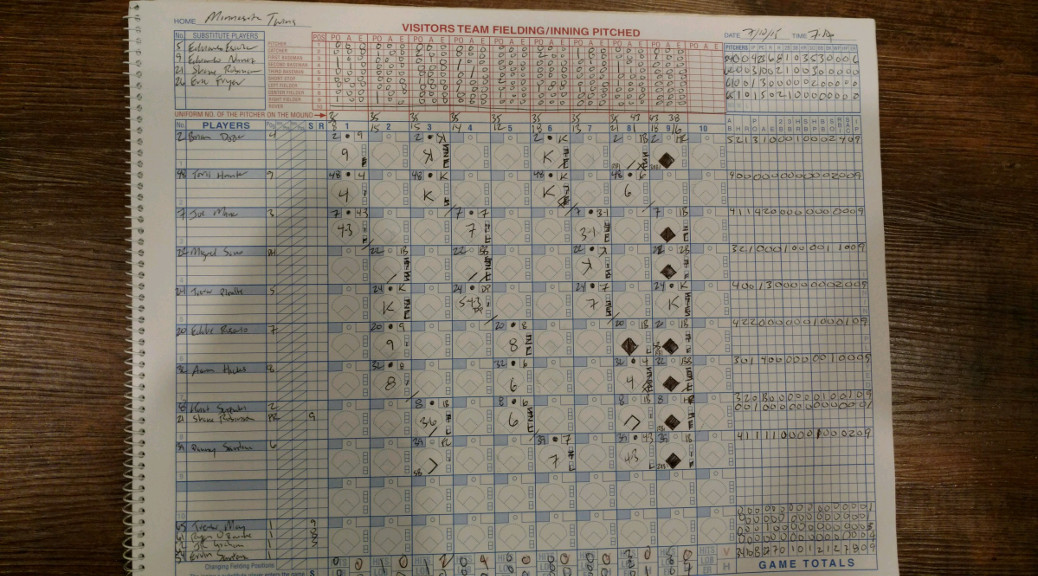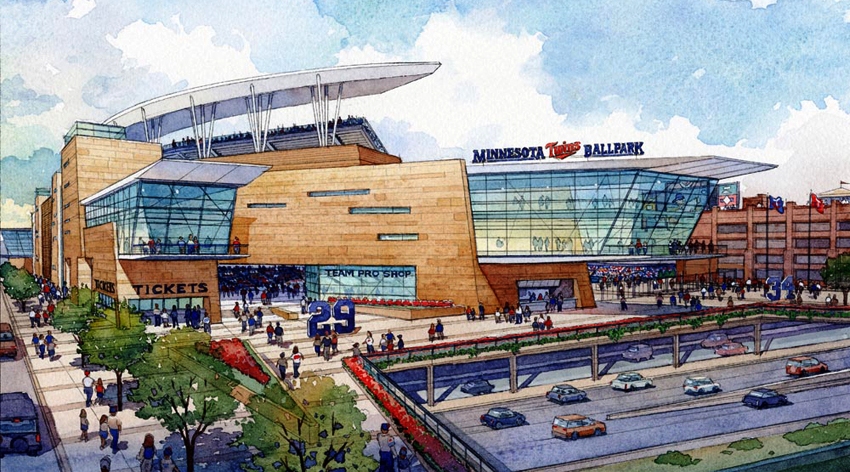It is year 7 of putting my pet project on the WGOM site, SBG put it on his old site a few years before this. It was a dissapointing season for the Twins, but even in down times there's always movement on the top300 list. Mauer and Dozier can't repeat the success they had in 2017, so each is stuck in place at spots 4 and 24 respectively (which it appears is where they will stay for a while since more than likely both their Twins careers are over). Sano and Ervin also had stagnant 2018s, both staying in the top100, but actually falling backwards a couple spots being jumped by 2018 Twins with better seasons. Rosario, Escobar, and Gibson all jump into the top100 with good 2018 seaons. Buxton and Hughes drop a couple spots as well with the leapfrogging, but Polanco and Berrios join the top150 with Kepler and Grossman lurking just outside the top150. Pressley jumps up 50 spots to 226 with a decent 4 months before being traded away. Castro has a lost 2018 season and drops a few spots to 250. Newcomers this year are Taylor Rogers, Mitch Carver, and Jake Cave, all 3 finding themselves int he 200s.
Falling out of the top300 this year are Lenny Webster, Randy Johnson (not that Randy Johnson), and George Frazier.
I stole most of the idea from when Aaron Gleeman started his top40 list over a decade ago. The below quote is his, and the rest is an excerpt from a book I put together at the 50 year mark. I’ve updated the list and stats through 2018.
“The rankings only include time spent playing for the Minnesota Twins. In other words, David Ortiz doesn’t get credit for turning into one of the best players in baseball after joining the Red Sox and Paul Molitor doesn’t get credit for being one of the best players in baseball for the Brewers and Blue Jays. The Twins began playing on April 11, 1961, and that’s when these rankings start as well.”
I used a variety of factors, including longevity and peak value. Longevity included how many years the player was a Twin as well as how many plate appearances or innings pitched that player had in those years. For peak value, I looked at their stats, honors, and awards in their best seasons, as well as how they compared to their teammates. Did they lead their team in OPS or home runs or ERA for starters or WPA? If so, that got some bonus points. I factored in postseason heroics, awards (gold gloves, silver sluggers, MVPs, Cy Youngs), statistical achievements (batting titles, home run leaders, ERA champs, etc), and honors (all star appearances), and I looked at team success as well. If you were the #1 starter on a division winning champ, that gave you more points than the #1 starter on a cellar dweller. I looked at some of the advanced stats like WPA, WAR (as calculated by fan graphs and baseball-reference.com), WARP (as calculated by Baseball Prospectus), and Win Shares (as calculated by Bill James). For hitters, I also looked at OPS and the old school triple crown statistics like batting average, home runs, stolen bases, and RBI (and not only where you finished within the AL in any given year, but where you appear on the top25 lists amongst all Twins in the last 50 years). For pitchers I looked at strikeouts, innings pitched, win/loss percentage, ERA as well as ERA+). If there was a metric that was used for all 58 years of Twins history, I tried to incorporate it. I tended to give more credit to guys who were starters instead of part time/platoon players, more credit to position players over pitchers (just slightly, but probably unfairly) and starters over relievers (and closers over middle relievers). There’s no formula to my magic, just looking at a lot of factors and in the end going with the gut in all tie-breakers. Up in the top10 I’m looking at All star appearances, Cy Young and MVP votes, batting average or ERA titles or top10 finishes, etc, and placement in the top25 hitting and pitching lists in Twins history as well. In the middle 100s, it’s more about who started a few more years or had 2 good seasons rather than 1 with possibly an occasional all-star berth or top10 finish in SB or strikeouts. Once you’re in the latter half of the 200s there are none of those on anyone’s resume, so its basically just looking at peak season in OPS+ or ERA+, WAR, Win Shares, and who started the most years, had the most at bats, or pitched the most innings. What the player did as a coach, manager, or broadcaster is not taken into consideration for this list, so Billy Martin, Tom Kelly or Billy Gardner weren’t able to make the top 300 since they were poor players and Frank Quilici and Paul Molitor didn’t improve his status due to his managing career. Feel free to pick it apart and decide in your opinion, who was slighted, and who's overrated.
Now that Gleeman has finished his book of top50 Twins, it is pretty similar to the top of my list once you remove the specific teams/non-players he included in his list (he had 43 players in his top50). He likes Bert a little more than I do (#4 ahead of Mauer), which is pretty much the biggest difference in our top25s. He also likes Scott Baker quite a bit more, putting him in his top40 wheras I have him at 57.
Continue reading Minnesota Twins Top 300 Twins of all time: One man’s opinion through 2018 season →










